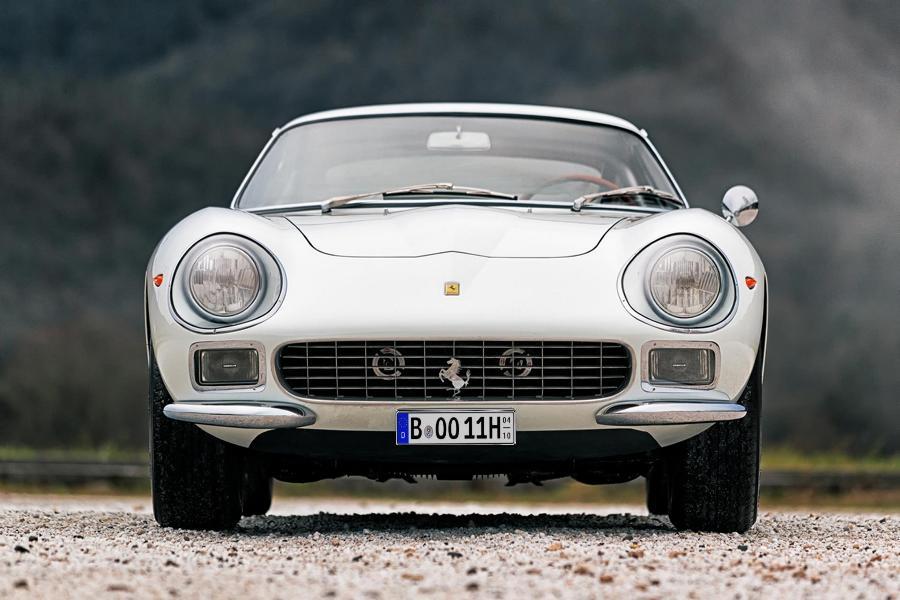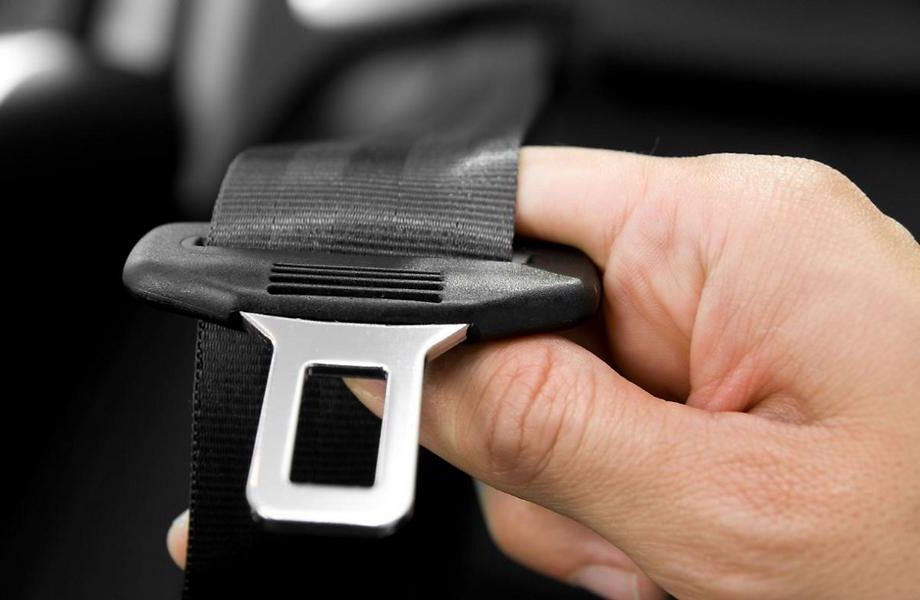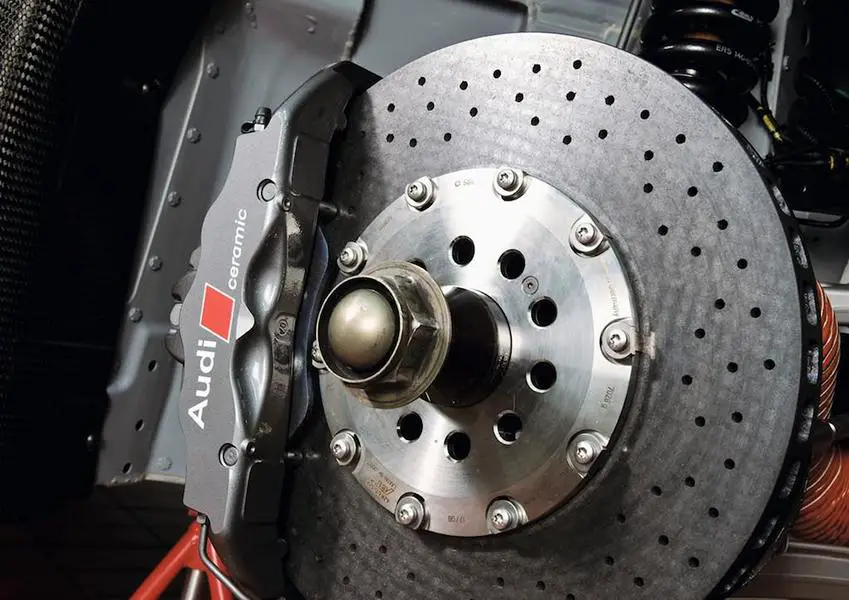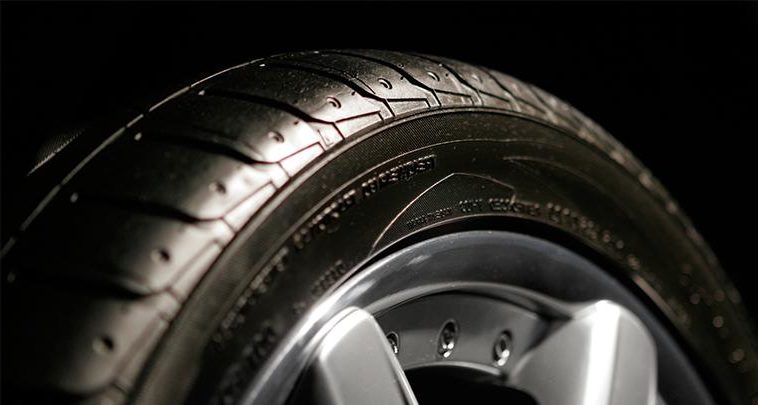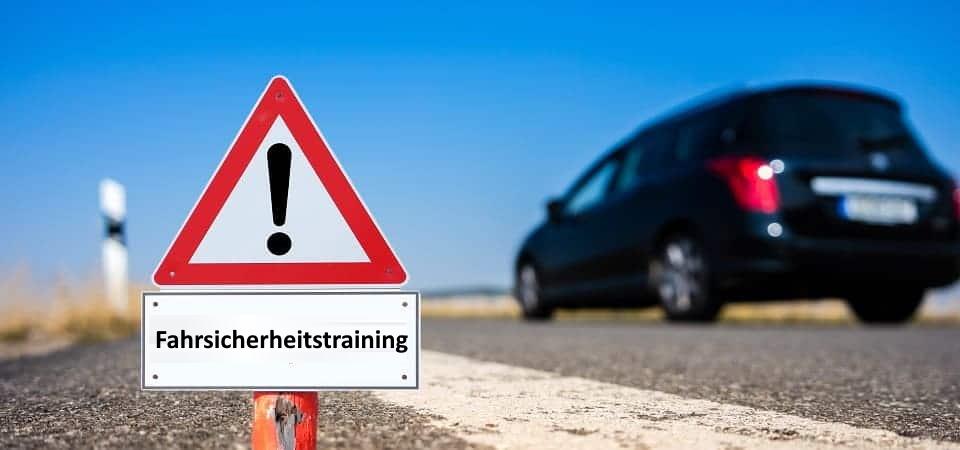Recently updated on January 30, 2021 at 12:25 am
Oldtimers make the hearts of car lovers beat faster. But leaving the classic car in the garage is a problem for many owners (fortunately) out of the question. Instead, they use the elegant vehicles for extensive Sunday trips. Unfortunately, every now and then there are accidents with seriously injured and even fatalities. This is usually easy to explain, as classic cars are not equipped with modern safety devices. An electronic stability program, the emergency brake assistant or the blind spot warning device are missing in the classic car. In some cases, the classics are not even equipped with seat belts, which is due to the grandfathering of these models. In any case, accidents with a classic car rarely have anything to do with lawn and reckless behavior. But how is the trip with the classic car safe? Tuningblog explains what is necessary to retrofit the classic car in such a way that it is safer for its driver, but still the important thing H-plates may keep. (There is a lot of information on the subject of H license plates in our special)
Belts and headrests
The Seat belt compulsory has its reason. Since modern vehicles have been fitted with seat belts, the number of fatalities in car accidents has fallen continuously. Headrests also contribute to this. They alleviate the consequences of accidents. This is because the cervical spine is protected in the event of an impact. In this way, traumatic brain injury and pinching of the nerves can be prevented. There are now numerous providers who specialize in retrofitting classic cars. You have the appropriate solutions in the program and retrofit them. In models from the 50s and 60s, retrofitting the belt and headrest is particularly easy, as the necessary anchoring points are usually already available. This significantly simplifies retrofitting. Costs of around 200 euros per belt must be expected. The assembly of corresponding headrests are priced in the same category. However, both changes can protect against serious injuries and maybe even save lives.
H mark not endangered by retrofitting
Incidentally, the retrofitting does not endanger the H mark. This was also confirmed by the TÜV Süd Serviceline Classic. As a rule, subsequently installed headrests are accepted. However, once the belts have been retrofitted, they must also be used. This is especially important when children are traveling with you. Because children under three years of age are generally not allowed to be transported in a vehicle if there are no seat belts. In addition, the retrofitting must be approved by the TÜV.
Optimize braking and steering
In order to increase safety in classic cars, it makes sense to have the brakes and steering revised. The built-in technologies are usually out of date. If the car is driven in demanding places, for example when driving downhill, the simple drum brakes that are often installed quickly reach their limits. In this case, it is worth replacing the drum technology with disc brakes. These have a significantly higher braking performance. If these disc brakes were later also available ex works for the special vintage car model, then the TÜV will normally continue to let the vehicle pass as "true to the original" contemporary tuning was carried out. The Oldi keeps its H license plate. And that is also the case with a retrofitted Power Steering the case. And upgrading from a one-circuit system to a two-circuit system is an exception. It is ALWAYS compatible with the H mark because it increases the reliability of the system, which can be easily agreed with the H mark is.
upgrade the electrical system to 12V
A new on-board network offers another safety plus. This is something that few classic car owners consider. Unlike modern cars, classic cars often only work with a six-volt voltage. That is just enough to operate the headlights. If the windshield wiper is to be operated at the same time, the technology has already reached its limits. That is why it makes sense to switch to a twelve-volt electrical system. The windshield wipers can run at full speed during a heavy rain shower, while the headlights shine brighter than under the six-volt electrical system. Another advantage is that the indicators continue to work properly under load. This retrofit also does not have an impact on the H mark. The downside is that this conversion is more difficult. Replacing the battery and consumers is not enough here. Instead, the starter, the fuses and the capacitors must also be replaced. And often all the cables too. This conversion is more expensive, but does not require acceptance by a testing organization.
don't forget the tires
A general shortcoming is that drivers are not particularly squeamish about their tires. Their condition is also rarely checked regularly. Even though the tires are the only contact with the road. It should be noted, however, that tires age even when stationary. This means that even if the car is only driven infrequently or only for short distances, it is essential to check the tires regularly. As a rule, tires should not be more than 10 years old. Although the tires still have the legally required minimum tread depth of 1,6 millimeters in a car that has not been driven much. The reason for this is simple. Over the years, the rubber compound dries out and can therefore pose a safety risk. In concrete terms, this means that the braking distance on a wet road can be significantly longer if the tires are too old, and braking performance is also worse on dry roads. However, it is important to note which tires the classic car has. Diagonal tires were widespread until the 60s. If the model has such, it is not easy to switch to modern radial tires. Here you should inquire beforehand what is possible and which requirements have to be met.
Driving safety training
By upgrading or retrofitting, the classic car can be made technically safer. But it is also important that the driver works on his skills. Because while modern cars support the driver, this is not the case with classic cars. Therefore, driving without ESP, ABS, power steering and brake booster must be trained.
Of course that had not happened yet!
tuningblog has countless other articles on the subject of car and auto tuning in stock. Do you want to see them all? Just click HERE and look around. In part, we would like to provide you with news but also off the tuning. In our category Tips, products, information & Co We have reviews of car or accessories manufacturers, new ones Tuning Wiki Terms or one or the other Leak veröffentlicht. Following an excerpt of the last articles:
"Tuningblog.eu" - we keep you up to date on the subject of car tuning and car styling with our tuning magazine and we present you the latest tuned vehicles from all over the world every day. It's best to subscribe to ours Feed and will automatically be informed as soon as there is something new about this post, and of course also to all other contributions.
 tuningblog.eu Your magazine about tuning the car
tuningblog.eu Your magazine about tuning the car
